Citrus trees (orange tree, lemon tree, mandarin tree, kumquat...) are symbols of the sun and jewels of warm regions, but thanks to grafting they can thrive beyond their native terroirs. Grafting is an age-old horticultural technique that plays a decisive role in improving quality, resistance and diversity of citrus trees. By combining vigour of a rootstock with fruit characteristics of a scion, it opens the door to constant innovations and adaptations in the face of climatic and health challenges. Let’s quickly discover how to graft our citrus trees!
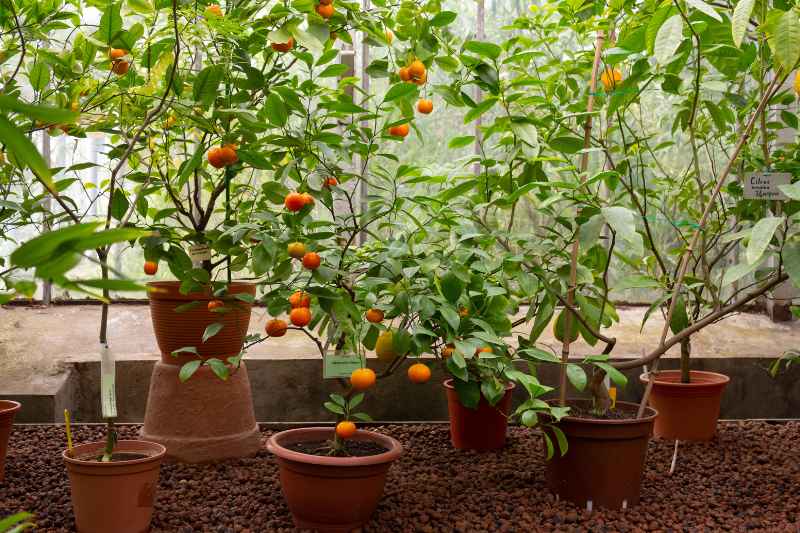
Why graft citrus trees?
Grafting enables multiplication of citrus tree varieties that are difficult to propagate by seed or cutting.
Above all, by choosing a robust rootstock, adapted to local environment and soil, and resistant to major diseases, you ensure the grafted tree better overall health and optimised growth. This increased resilience is essential to guarantee not only tree survival but also quality and abundance of fruit production.
Moreover, grafting citrus trees significantly accelerates the onset of fruit production. While a tree grown from seed can take several years before fruiting, a grafted tree can produce fruit much earlier.
Finally, grafting offers possibility to cultivate different citrus tree varieties on a single tree. Although rarely a good idea, this technique can provide a diversity of fruits on the same rootstock. This method is particularly appreciated in small gardens where space is limited, as it maximises fruit variety without requiring more space. However, one of the scions on such a "Frankenstein" tree will often dominate to the detriment of the others.
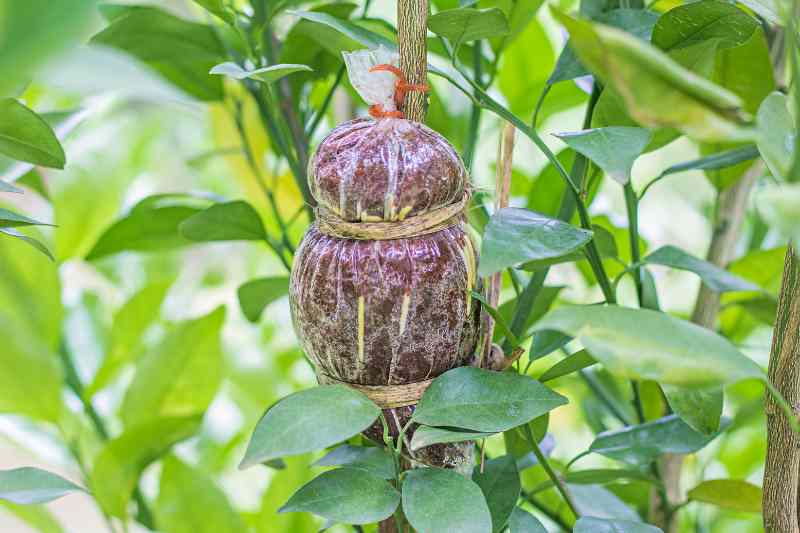
Best time to graft a citrus tree
This period varies according to climate and citrus variety, but as a rule late winter or early spring, just before active growth season begins, is considered the most favourable time to graft citrus trees. This window allows scion and rootstock to unite effectively before sap flow intensifies with arrival of warm weather, thus promoting rapid healing and vigorous start to growth.
In warm regions and for certain grafting techniques, such as shield budding, an alternative period can be late summer, when bark lifts easily.
Which rootstock to choose?
Wise choice of rootstock and scion depends on several crucial criteria that must be considered.
1. Rootstock should be selected for disease resistance, tolerance to local soil and climatic conditions, and compatibility with the scion variety. For example, some rootstocks are better adapted to calcareous soils, while others resist certain root diseases. Vigour and growth habit of the rootstock also influence final tree size and can be decisive in orchards where space is limited.
- Poncirus trifoliata is the bush most often used to graft citrus trees. It has advantage of being quite hardy. However, it does not tolerate lime and is better suited to acidic soils.
- Bitter orange (Citrus aurantium) is fairly vigorous and is particularly suitable for lemon trees and calcareous soils. It does, however, dislike heavy, waterlogged soils.
- Citrus volkameriana is very vigorous, tolerates lime, and is hardy down to −7 °C.
- Citrange Carrizo has early fruiting and good productivity.
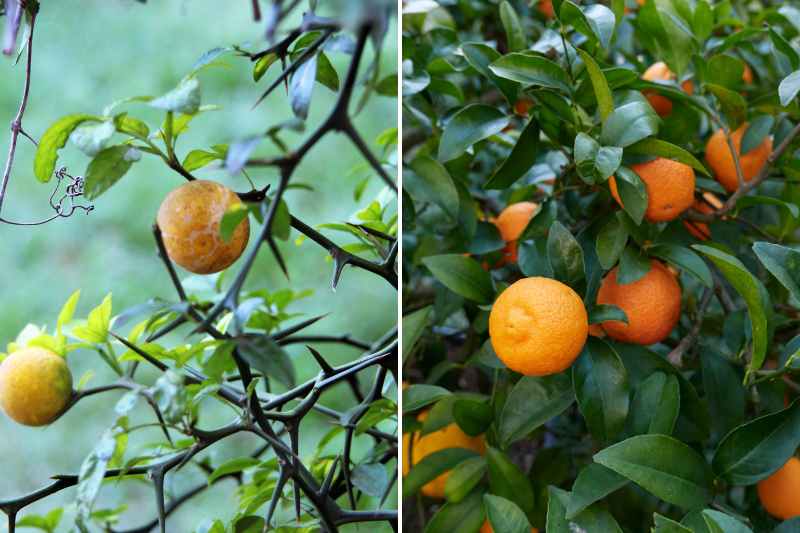
2. Scion (the variety to be propagated) should be healthy, vigorous and ideally taken from a mature, productive plant. Variety choice should consider flavour preferences, but also fruiting period and resistance to airborne diseases.
3. Compatibility between rootstock and scion is essential for successful grafting. Good compatibility ensures a strong union and efficient circulation of nutrients and water between the two parts. In case of incompatibility, the graft may fail to consolidate, or the tree may show weak growth, poor fruiting, or signs of deterioration over time. It is therefore useful to consult citrus grafting specialists. As a general rule, most citrus can be grafted onto Poncirus except lemons; Volkameriana will serve as rootstock for dwarf lemon trees, mandarins and clementines will be grafted onto Carrizo...
For more information on citrus rootstocks, you can visit Greffeurdagrumes.com website
Required equipment
- Grafting knife or grafting knife: tool specially designed for grafting, offering a sharp, robust blade ideal for making clean, precise cuts. Your grafting knife should be well sharpened and disinfected before each use.
- Raffia or grafting tape: used to tie and hold the scion in place on the rootstock.
- Grafting wax: to apply on cuts and joints to prevent desiccation and infection.
- Pruning shear : clean and well sharpened, necessary to prepare rootstock and cut scion.
- Adhesive or elastic bands: for certain grafting techniques, an elastic or adhesive band can be useful to apply uniform pressure around the graft.
- Disinfectant - 70% alcohol: essential to clean tools before and after each graft.
- Labels: to monitor graft success and manage varieties in the garden.
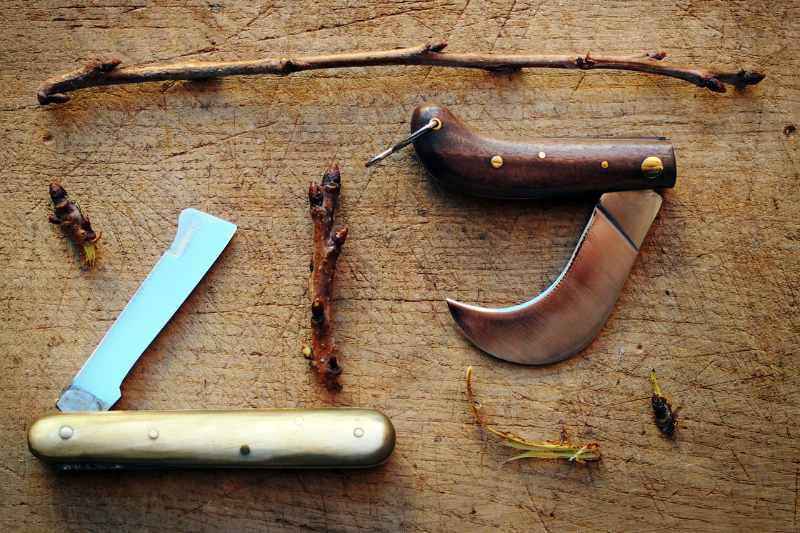
How to graft a citrus tree?
Shield budding
Advantages:
- Particularly suitable for young rootstocks.
- Can be performed at end of summer when bark lifts easily.
- Requires less equipment and can be quicker once mastered.
Disadvantages:
- Less effective outside period when bark lifts easily.
- Requires precision and dexterity.
Steps:
- Select a shield (small piece of bark with a bud) on the scion.
- Make a T-shaped incision in the bark of the rootstock.
- Gently insert the shield under the bark of the rootstock.
- Tie the shield with raffia or grafting tape to hold it in place.
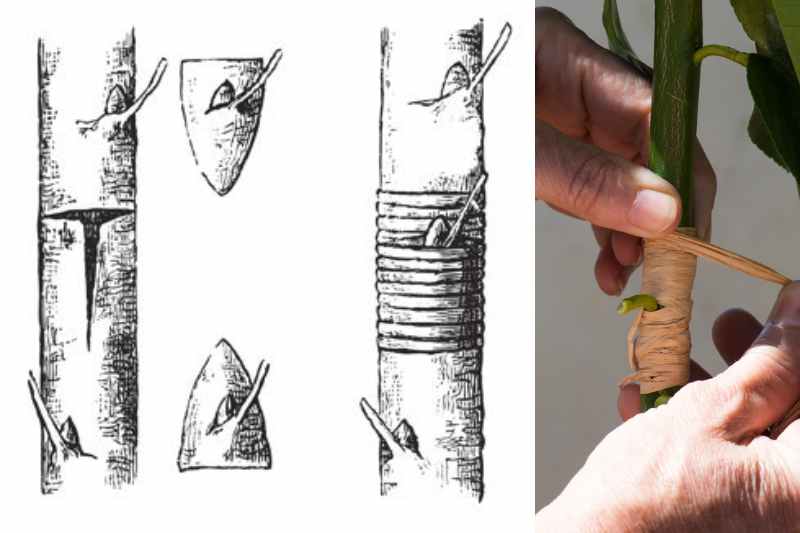
Cleft graft
Advantages:
- Suitable for a wide range of rootstock sizes.
- Good option for spring grafting.
Disadvantages:
- Requires a precise cut and can be difficult on larger rootstocks.
- Risk of scion desiccation if graft is not well executed.
Steps:
- Cut off top of rootstock and make a vertical cleft in centre of the cut trunk.
- Shape scion into a wedge and insert it into the cleft.
- Ensure cambial tissues of both parts are in contact.
- Bind junction firmly and cover with grafting wax to protect from air and water.
Crown graft
Advantages:
- Allows grafting multiple scions onto same rootstock.
- Ideal for larger rootstocks.
Disadvantages:
- More complex and requires greater care in execution.
- May require additional supports for scions.
Steps:
- Cut rootstock at appropriate height.
- Incise bark all around a few centimetres above the cut and lift it carefully to create a sort of crown.
- Insert scions shaped as wedges under this bark.
- Secure firmly and apply grafting wax.
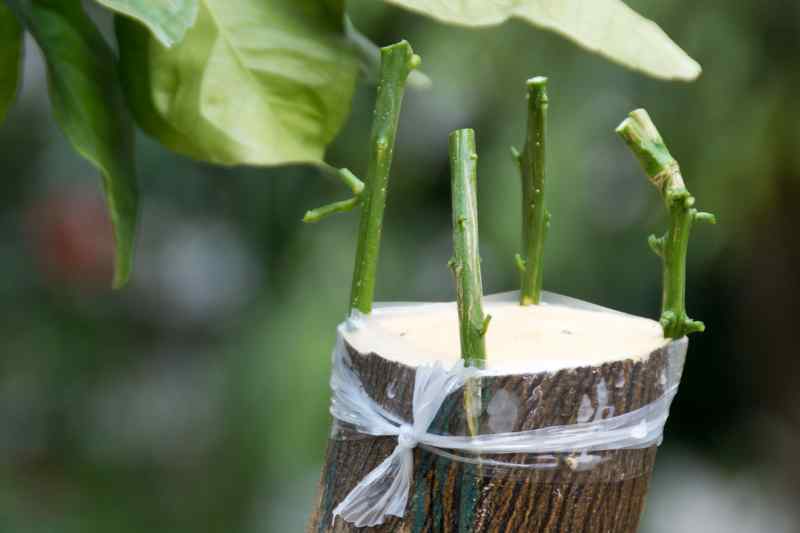
Successful operation?
After grafting, regular, moderate watering is crucial to maintain humidity needed for graft healing, without saturating the soil. Protection against frost, notably using winter cloths or mulching at tree base, is essential to prevent damage to still-fragile tissues.
A successful graft is manifested by good establishment of the scion, visible through growth of new buds and leaves.































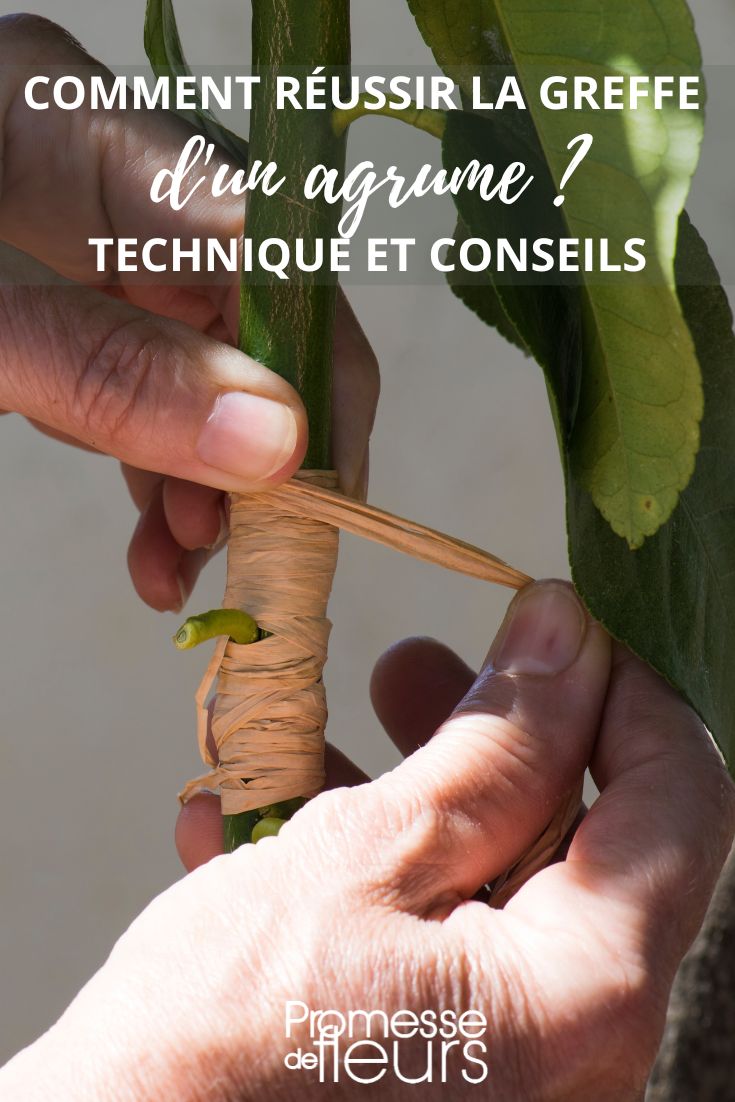
Comments